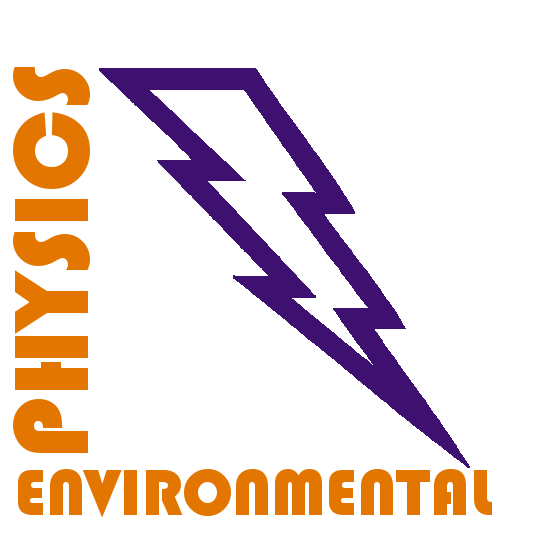Faculty of Mathematics, Physics and Informatics, Comenius University Bratislava |
Analysis of the Reactive Species in the Gas/Plasma–Water InteractionsHassan M.E., Janda M., Machala Z. |
|
Abstract: Atmospheric air plasma produces a mixture of reactive oxygen and nitrogen species (RONS). The plasma–water interaction enables the transport of RONS to the liquid phase, which is significantly enhanced by converting bulk water to microdroplets [1]. Having different Henry’s law solubility coefficients, the expected solubility of various RONS is very different. Here, we aim to verify the applicability of Henry’s law coefficients under strongly nonequilibrium conditions characteristic of plasma–water interaction, with water in the form of microdroplets. This work can lead to optimized designs of plasma–water interaction systems for multiple applications in biomedicine, environment, and agriculture.
|
|
|

|
|
HOME |
| NEWS |
| STAFF |
| RESEARCH |
| PUBLICATIONS |
| STUDENTS |
| LINKS |
|
CONTACT
|
|
Post-doctoral positions
|

|
|
User: veronika Logout |